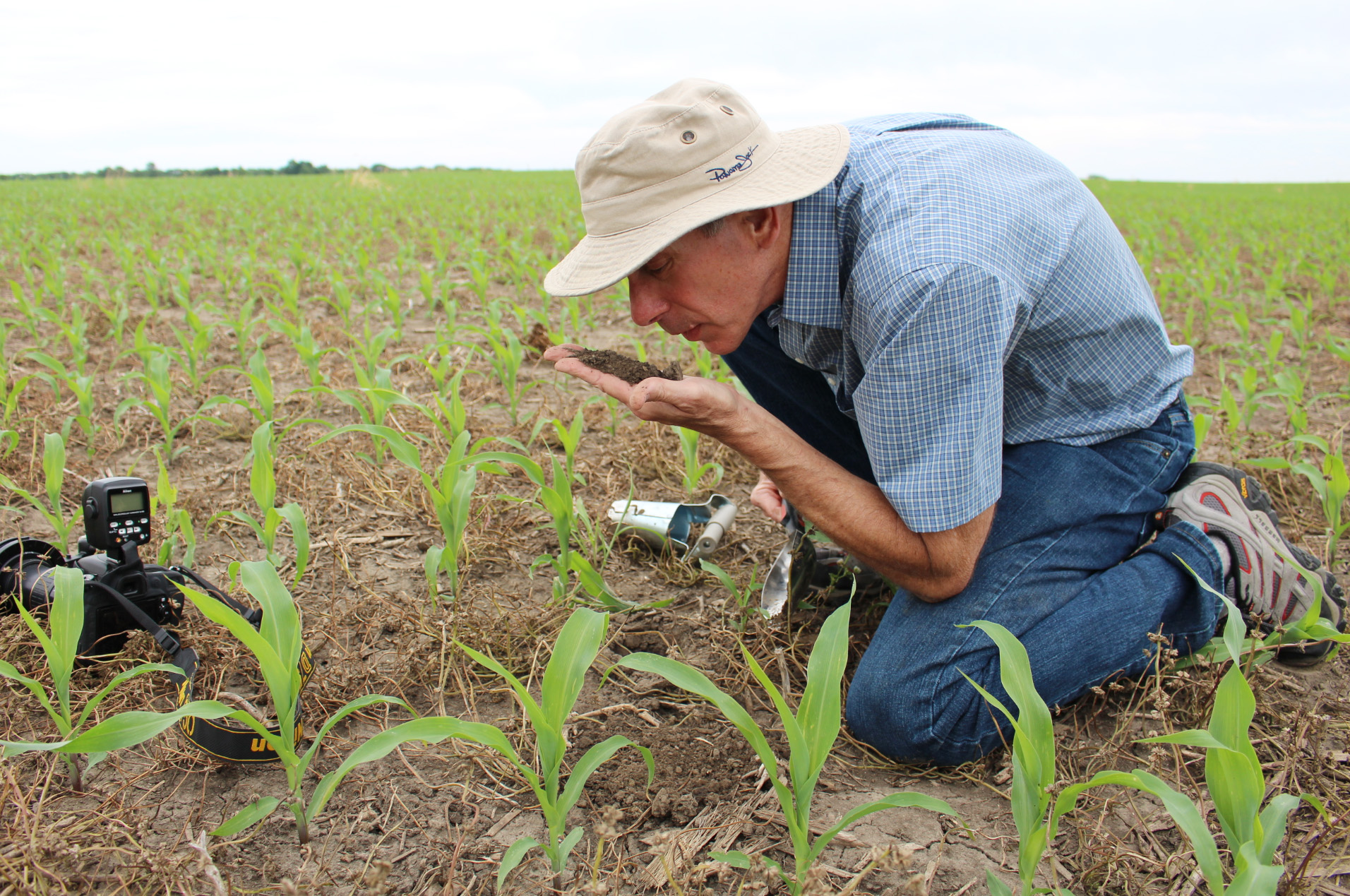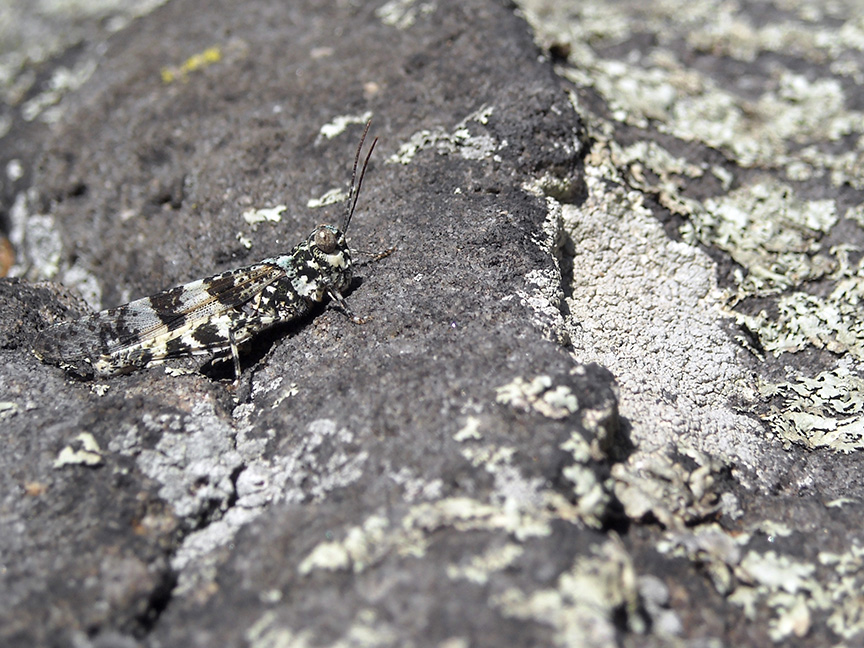After nearly 38 years as Purdue IPM Specialist, it is time for me to write my last Pest&Crop article. While giving this thought, I considered getting on my “soapbox” one more time and preaching the woes of bad pest management. Consider, two summers of my undergraduate degree, followed by five years of crop consulting before I came to Purdue, were all rooted in field scouting. So, today’s continual use of “prophylactic” pest management, based on little to no “boots in the field,” to predict risk, doesn’t sit well with this IPM’er. Perhaps I did pontificate a little!
I have been incredibly blessed serving in this position and having the opportunity to be a part of TEAMS for the Diagnostic Training Center, Crop Management Workshops, Indiana Certified Crop Advisors, Indiana Association of Professional Crop Consultants, and innumerable county meetings, field days, etc. As a visual learner, I took pride in working with IPM specialists to enhance print/electronic newsletters and publications through photos and videos. To boot, there were many lively road trips to document these interesting pest/crop/weather happenings!
Best of all, has been working with so many of you! I am forever grateful to Indiana’s “pest managers” that faithfully trapped insects, assisted with finding research fields, alerted us to outbreaks, sent pictures, and attended our IPM events! Many sweet memories and your faces are flashing through my mind as I write this…thank you!!!
The following old quotation was given to me by my first entomology college professor. Amazingly, while beginning my room clean-out, I found it hanging on a file cabinet, faded and tattered, much like this aging pest manager.
The End
“When the moon shall have faded out from the sky, and the sun shall shine at noon day a dull cherry-red, and the seas shall be frozen over, and the ice-cap shall have crept downward to the equator from either pole, and no keels cut the waters, nor wheels turn in mills, when all cities shall have long been dead and crumbled into dust, and all life shall be on the very last verge of extinction on the globe; then on a bit of lichen, growing on the bald rocks beside the eternal snows of Panama, shall be seated a tiny insect, preening its antennae in the glow of the worn-out sun, representing the sole survival of animal life on this our earth, a melancholy bug.”
W.J. Holland
The Moth Book, A Guide to the Moths of North America, 1903
Though a bit gloomy, “The End” is very telling of how adaptable insects are. For decades we have used a sundry of management strategies and tools to protect our crops, and there will continue to be many challenges in the future. Let’s put aside our addiction to electronic devices and overreliance on technologies instead get out to observe and think, because in “The End,” the insect will be there.
Happy scouting!!!




